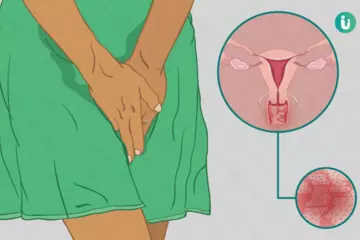The word vaginismus was originally used in 1862 by Dr Marion Sims—she described it as a reflex-like contraction of the muscles surrounding the vagina that resulted in non-consummation of marriage.
However, with more research and studies, it was found that vaginismus is a condition in which there is an involuntary muscle spasm of the pelvic floor muscles and perineal muscles that surround the outer third of the vaginal area—this spasm makes sexual intercourse painful and almost impossible. (Read more: Painful sex)
Doctors believe that this involuntary spasm or contraction is an automatic response to either the anticipation of penetration or actual penetration. Muscles that are involved in the severe cases of contraction are the abductors of the thighs, the rectus abdominis (abs), and the gluteus (hip) muscles.
Vaginismus can occur either due to some physical condition, such as trauma after childbirth or endometriosis, or due to psychological issues where the person fears sex or even the thought of it scares them.
Vaginismus can be treated with the help of relaxation exercises and pelvic floor exercises. Other than this, injections of anaesthetic solutions and botox can help in relaxing the vaginal muscles.













































